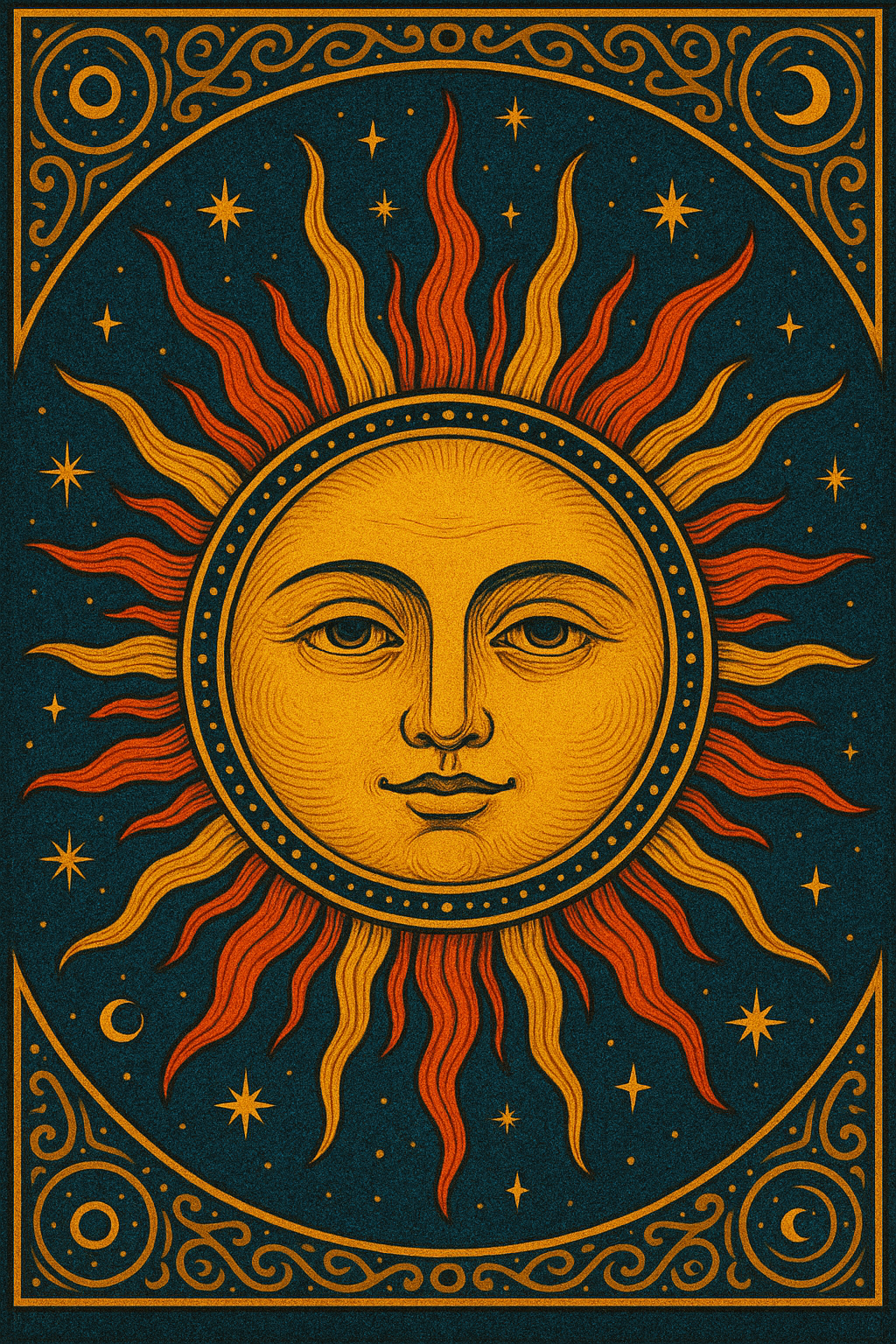Sabbats
The Wheel of the Year is a cycle of eight pagan Sabbats marking seasonal changes and agricultural rhythms. These include:
Samhain (Oct 31 - Nov 1): The witch’s new year, honoring ancestors and marking the thinning of the veil.
Yule (Winter Solstice, Dec 20-23): Celebrating the rebirth of the sun and the longest night of the year.
Imbolc (Feb 1-2): A festival of light and renewal, honoring Brigid and the coming of spring.
Ostara (Spring Equinox, Mar 19-23): A time of balance, celebrating fertility and new beginnings.
Beltane (May 1): A fire festival of passion, fertility, and the union of the divine masculine and feminine.
Litha (Summer Solstice, Jun 19-23): The longest day, honoring the sun’s peak power and abundance.
Lammas/Lughnasadh (Aug 1): The first harvest festival, giving thanks for the grain and the earth’s bounty.
Mabon (Autumn Equinox, Sep 19-23): A time of balance and gratitude, celebrating the second harvest before winter’s approach.
Each sabbat reflects the cycles of nature, life, death, and rebirth.
Learn more about each Sabbat
**Posting each Sabbat as they arise in 2025.
Ostara (Spring Equinox), March 20
Ostara marks the halfway point between Yule (Winter Solstice) and Litha (Summer Solstice), a time when day and night stand in perfect balance as the Sun makes its grand return.
Beltane (May Day), May 1
Beltane marks the halfway point between the Spring Equinox (Ostara) and the Summer Solstice (Litha), signifying the end of spring and the beginning of summer. It’s a time to celebrate the arrival of longer, lighter days.
Litha (Summer Solstice), June 20
Litha sits opposite of Yule on the Wheel of the Year as the longest day of the calendar year. Light and life are abundant. From this point forward, each day becomes shorter and shorter until we reach Yule. We celebrate the beauty of life at its fullest point and the blossomed world around us.


